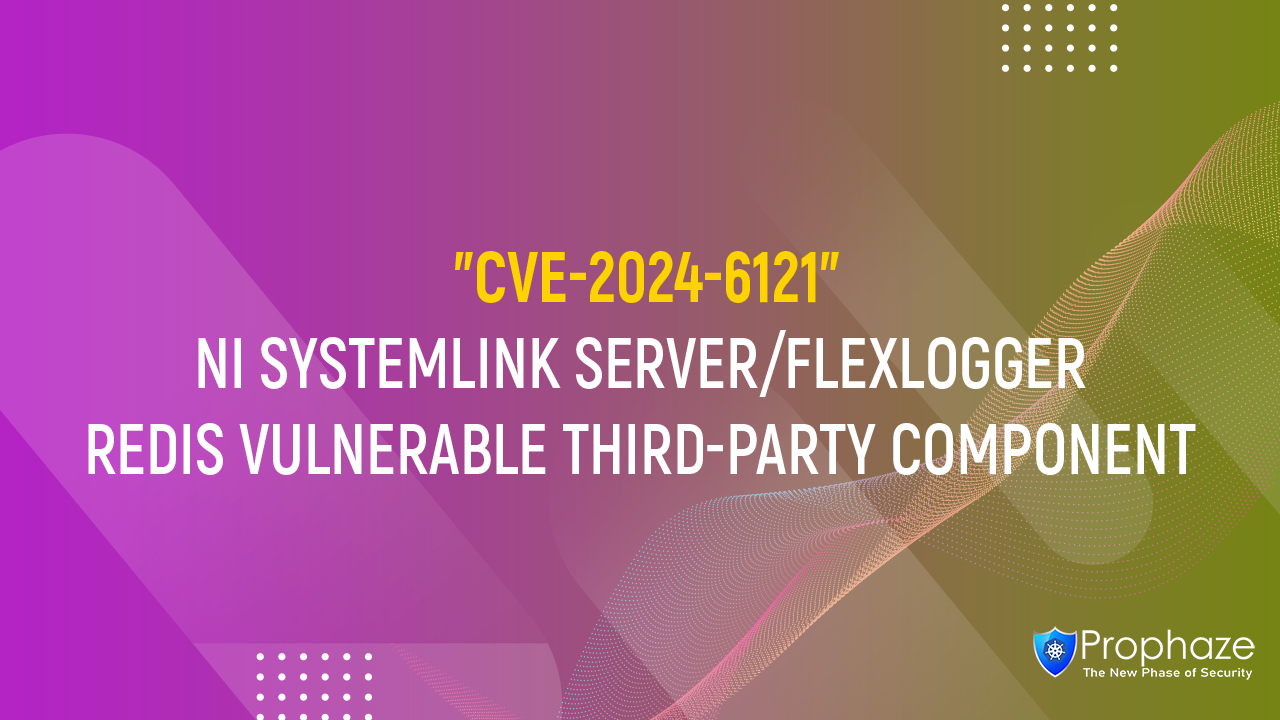Excessive data exposure is a security vulnerability that occurs when an application exposes more data than is necessary to users or attackers. It is classified as the third most critical API security threat on the OWASP API Security Top 10. Such threats can happen due to poor access controls, misconfigured APIs, or insecure data storage.
Types of Excessive Data Exposure
Excessive data exposure can lead to various types of attacks, that are:
Data leakage:
Sensitive information such as user credentials, financial data, and personal information can be leaked to unauthorized parties.
Data tampering:
Attackers can modify sensitive data to commit fraud or steal data.
Identity theft:
Excessive data exposure can allow attackers to obtain personal information that can be used to steal identities.
Importance of Preventing Excessive Data Exposure
Preventing excessive data exposure is crucial for protecting sensitive information from unauthorized access. If left unaddressed, this vulnerability can lead to data breaches, identity theft, and financial losses. It is important for organizations to implement proper access controls, data encryption, secure APIs, and secure data storage to prevent this type of attack.
How to prevent Excessive Data Exposure?

There are several measures that can be taken to prevent excessive data exposure, including:
Access controls:
Implementing proper access controls can help prevent unauthorized access to sensitive information. This includes limiting access to sensitive data to only authorized users and implementing role-based access controls.
Data encryption:
Encrypting sensitive data can help protect it from unauthorized access. This includes using strong encryption algorithms and implementing key management processes.
Secure APIs:
Implementing secure APIs can help prevent attackers from accessing sensitive information through misconfigured APIs. This includes using secure communication protocols and implementing proper authentication mechanisms.
Secure data storage:
Implementing secure data storage mechanisms can help prevent data breaches. This includes using secure databases, implementing proper backups, and regularly testing for vulnerabilities.
Conclusion
Excessive data exposure is a serious security vulnerability that can lead to unauthorized access to sensitive information. It is important to implement proper access controls, data encryption, secure APIs, and secure data storage to prevent this vulnerability. By taking these measures, organizations can protect their sensitive information from unauthorized access and maintain the security and integrity of their applications.









